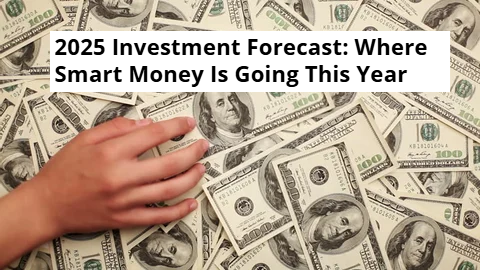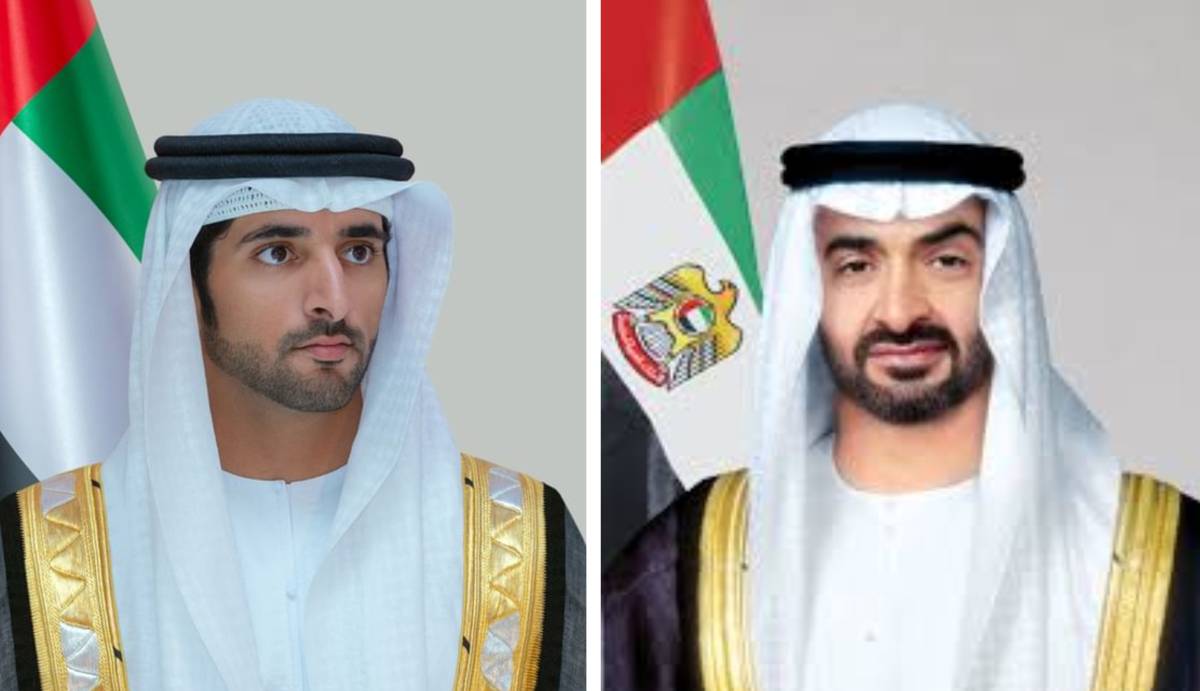As we cross the midline of 2025, the global investment landscape is evolving faster than ever, shaped by rapid technological shifts, geopolitical realignments, and a renewed focus on sustainability. In this dynamic environment, the so-called “smart money”—institutional investors, hedge funds, venture capitalists, and market-savvy individuals—is recalibrating strategies and reallocating capital with precision.
So where is the smart money flowing in 2025? Here’s a deep dive into the top sectors and asset classes commanding attention this year.
1. AI Infrastructure and Foundation Models
Artificial intelligence is no longer just a buzzword—it’s the engine of enterprise productivity and innovation. But while the hype around generative AI continues, savvy investors are looking deeper, targeting:
- AI infrastructure: This includes data centers, semiconductor companies (especially those producing advanced GPUs and custom chips), and cloud providers.
- Model licensing and fine-tuning services: As more companies build on top of foundational models, services that offer customization, security, and compliance are seeing massive VC backing.
Key Players: NVIDIA, AMD, TSMC, Anthropic, OpenAI ecosystem partners.
2. Green Energy 2.0 – The Shift to Profitability
After years of speculative growth, the clean energy sector is undergoing a transformation. Now, with maturing tech and supportive policies (especially in Europe and North America), smart money is moving from early-stage bets to profitable operations.
- Battery storage solutions and grid tech are attracting serious investment as countries upgrade energy infrastructure.
- Carbon capture and utilization (CCU) and green hydrogen are moving from pilot stages to scalable solutions.
Emerging Focus: Companies that blend climate impact with real earnings, not just promises.
3. Reindustrialization and Domestic Manufacturing
The global de-risking of supply chains has prompted a manufacturing renaissance in countries like the U.S., India, and parts of Europe. Smart investors are channeling funds into:
- Advanced manufacturing: Robotics, automation, and AI-powered factories.
- Semiconductor fabs: Boosted by state incentives and national security concerns.
- Critical minerals: Rare earths, lithium, and cobalt, with a push toward ethical sourcing.
This trend is often tied to government incentives like the U.S. CHIPS Act and India’s PLI schemes.
4. Real Assets and Inflation Hedges
With global inflation remaining sticky in some regions, institutional investors are leaning into real assets, such as:
- Farmland and timberland: Viewed as long-term inflation hedges with sustainable yield.
- Infrastructure funds: Especially in transportation and digital infrastructure (like 5G and fiber rollouts).
- Gold and precious metals: Still a safe haven amid geopolitical uncertainty.
Even retail investors are finding ways to access these assets via fractional ownership platforms and REIT alternatives.
5. Emerging Markets – Selective Re-Engagement
While global instability has made some investors cautious, others are selectively diving back into emerging markets, focusing on:
- India: Strong GDP growth, a booming tech sector, and an expanding middle class.
- Southeast Asia: Vietnam, Indonesia, and the Philippines are becoming manufacturing and digital economy hubs.
- Africa: Long-term bets on fintech, mobile banking, and infrastructure, especially in Nigeria and Kenya.
Risk-adjusted returns are increasingly attractive for those willing to play the long game.
6. Healthtech and Longevity Science
Another area attracting forward-looking capital is the intersection of healthcare, biotech, and technology. Major themes include:
- Personalized medicine and genomics: Companies using AI to tailor treatments are gaining investor favor.
- Longevity startups: From senolytics to organ regeneration, the race to extend healthy lifespan is gaining both credibility and cash.
- Mental health platforms: Digitally delivered care is becoming more sophisticated and accepted.
Smart money is focusing on scalability and regulatory pathways, not just scientific breakthroughs.
7. Tokenized Assets and Digital Finance
The crypto winter thawed in late 2024, and 2025 has seen a more mature, compliance-driven Web3 ecosystem. Capital is flowing into:
- Tokenization of real-world assets (RWA): From real estate to fine art, blockchain is enabling fractionalized ownership and liquidity.
- Decentralized finance (DeFi) 2.0: With better security, KYC compliance, and institutional backing.
- CBDCs and digital payment rails: Central bank digital currencies are being tested and launched globally, opening up new rails for global finance.
Legacy institutions are getting involved, making this a space to watch.
Conclusion: Adaptability is the New Alpha
The smart money in 2025 isn’t chasing fads—it’s embracing change, anticipating policy shifts, and investing in resilience. Whether it’s AI infrastructure, green energy, or tokenized real assets, the winners this year will be those who stay informed, agile, and aligned with long-term megatrends.
For retail investors, this year’s playbook involves more than just tracking hot stocks—it’s about understanding macroeconomic shifts, regulatory tailwinds, and the evolving definition of value. As always, due diligence, diversification, and patience remain the cornerstones of smart investing.



